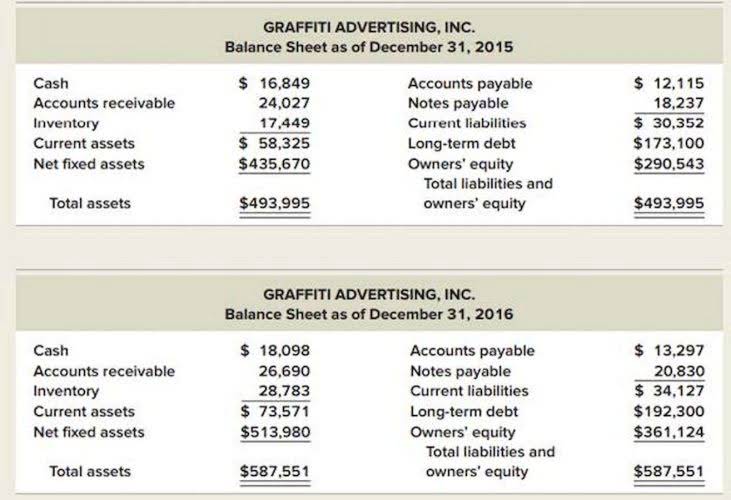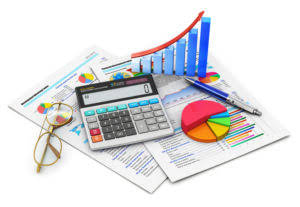
However, whether you compute manually or create a worksheet, it essentially shows the same information. Check your business’ accounting manual for more information about the depreciation method used in your business. If there is no accounting manual or relevant documentation about this matter, reach out to the bookkeeper or predecessor accountant. Moreover, our comprehensive guide on depreciation shows the process of depreciation accounting, an overview of popular methods, which of these are parts of the journal entry to record depreciation? and a discussion of tax depreciation. The depreciation is calculated and recorded as an expense in the profit or loss statement. It is a non-cash transaction; therefore, when we calculate the EBITDA, we typically add back to the EBIT.

Financial Accounting

By doing this, you’re showing that the machinery is now worth ₹10,000 less. This keeps your financial records accurate, showing the real value of the machinery. You might have various assets in your business, like machinery or office equipment, and each of these loses value over time.
Advance Your Accounting and Bookkeeping Career
- In a depreciation journal entry, the depreciation account is debited and the fixed asset account is credited.
- When you ask, “What’s the journal entry for office equipment depreciation?
- Instead, it records the passage of time and the use of an asset.
- You might miss mistakes or inconsistencies if you’re not checking your records often.
- Therefore, at the end of each year, its balance is closed and the account Depreciation Expense will begin the next year with a zero balance.
- He has a CPA license in the Philippines and a BS in Accountancy graduate at Silliman University.
This account works a bit differently—it’s what we call a “contra asset account.” What this means is that it lowers the overall value of your asset on the balance sheet. Whether you’re managing machinery, office equipment, or other assets, it’s important to know how to record this loss correctly. We Bookstime simply record the depreciation on debit and accumulated depreciation on credit.
- Finally, depreciation is not intended to reduce the cost of a fixed asset to its market value.
- The purpose of the journal entry for depreciation is to achieve the matching principle.
- The accounting treatment for these assets, however, can be slightly confusing.
- Alternatively, you can use a depreciation worksheet to have a formal document.
- If there is no accounting manual or relevant documentation about this matter, reach out to the bookkeeper or predecessor accountant.
What is Accumulated Depreciation?
Depreciation expense appears on the Statement of Cash Flow prepared using the indirect method as a positive adjustment to net income to arrive at operating cash flows. Some firms calculate the depreciation for the partial year to the nearest full month the asset was in service. For example, they treat an asset purchased on or before the 15th day of the month as if it were purchased on the 1st day of the month.

An expenditure directly related to making a machine operational and improving its output is considered a capital expenditure. In other words, this is a part of the machine cost that can be depreciated. For example, installation, wages paid to install, freight, upgrades, etc.
To record an accounting entry for depreciation, a depreciation expense account is debited and a contra asset account (accumulated depreciation) is credited. Apart from this, businesses need to understand where and how the entries go on financial statements, and the depreciation method they should use. The journal entry for depreciation can be a simple entry designed to accommodate all types of fixed assets, or it may be subdivided into separate entries for each type of fixed asset. Over time, the accumulated depreciation balance will continue to increase as more depreciation is added to it, until such time as it equals the original cost of the asset. At that time, stop recording any depreciation expense, since the cost of the asset has now been reduced to zero.
Method 1 – Depreciation Charged to the Asset Account
The retained earnings depreciation expense account and accumulated depreciation account help estimate the current value or the book value of an asset. However, there might be instances when the market value of a one-year-old computer may be less than the outstanding amount recognized in the balance sheet. On the other hand, a rental property located in a growing area may end up having a market value greater than the outstanding amount recognized in the balance sheet. It happens because of the difference in the depreciation method adopted by the market and the company. Journal entry for depreciation records the reduced value of a tangible asset, such a office building, vehicle, or equipment, to show the use of the asset over time.
